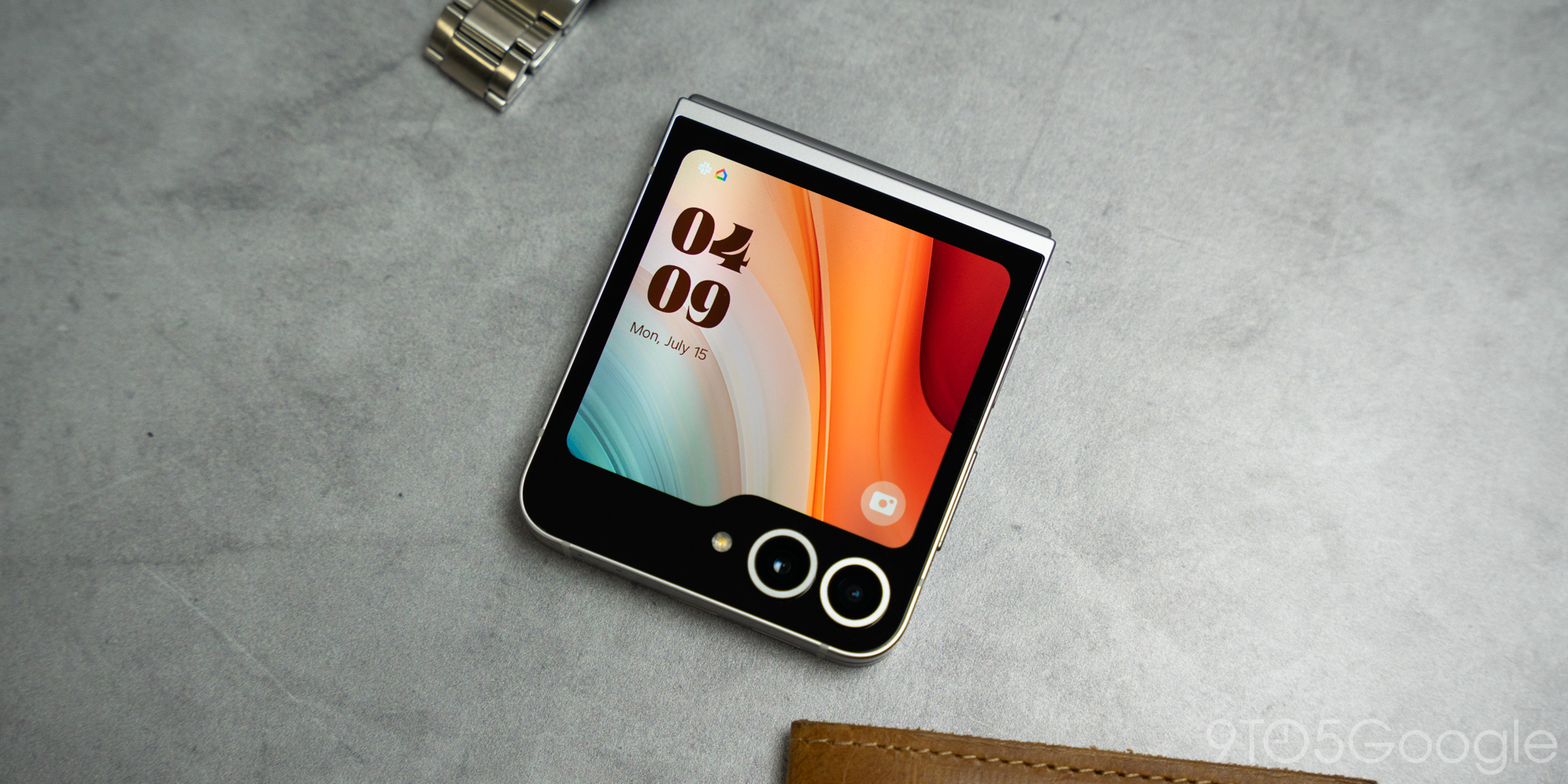
Galaxy Z Flip 7: A Minor Battery Boost in a Sea of Innovation?
The smartphone world is in a perpetual state of evolution, with manufacturers constantly pushing the boundaries of what’s possible. Battery technology, a critical component of the user experience, is receiving significant attention. The industry buzz revolves around advancements like silicon-carbon batteries, promising substantial leaps in capacity and longevity. However, it appears the upcoming Galaxy Z Flip 7 might not be fully embracing this wave of innovation, opting for a more conservative approach to battery improvement.
While competitors are rumored to be packing "monster" batteries and adopting cutting-edge technologies, the Galaxy Z Flip 7 is expected to feature a relatively modest increase in battery capacity. This raises questions about whether this incremental upgrade will be sufficient to meet the growing demands of modern smartphone users, who increasingly expect their devices to power through extended periods without needing a recharge.
The Galaxy Z Flip 6, the Z Flip 7’s predecessor, offered a battery life experience described as "fine" and "adequate." Its 4,000mAh battery cell provided enough juice for most users to navigate their daily routines. However, the landscape is shifting. The desire for multi-day battery life is becoming increasingly prevalent, fueled by demanding applications, resource-intensive games, and the constant connectivity of modern life. A 4,000mAh battery, once considered sufficient, may no longer cut it for users who push their devices to the limit.
Recent leaks, courtesy of Galaxy Club, suggest that the Galaxy Z Flip 7 will incorporate a battery rated at 4,300mAh. This represents a 300mAh increase compared to the Z Flip 6. While any improvement is welcome, a 300mAh jump might not be enough to generate significant excitement, especially when considering the more substantial advancements seen in other devices and rumored for future releases. The difference may translate to a marginal increase in screen-on time, but it’s unlikely to fundamentally alter the user’s perception of battery life.
According to the leak, the Galaxy Z Flip 7 will retain the dual-battery configuration of its predecessors. The smaller unit will be rated at 1,189mAh, while the larger one will come in at 2,985mAh. It’s important to note the distinction between rated capacity and typical capacity. The rated capacity is a more conservative measurement, while the typical capacity is the value usually advertised to consumers. Samsung will likely market the Z Flip 7 with the typical capacity, which may be slightly higher than the 4,300mAh rated figure.
The decision to adopt a relatively small battery upgrade for the Z Flip 7 becomes more perplexing when contrasted with rumors surrounding the Galaxy S26. The S26 is expected to boast a "monster" battery, potentially reaching 6,000mAh or more. This represents a massive leap forward, especially considering past criticism of the S series for perceived stagnation in battery technology. The contrast between the rumored S26 and the Z Flip 7 highlights a potential disparity in Samsung’s approach to battery development across its product lines.
One possible explanation for the Z Flip 7’s modest battery upgrade could lie in the design constraints inherent in foldable devices. The intricate folding mechanism and limited internal space present significant challenges for battery placement and optimization. Packing a larger battery into the Z Flip 7 might require significant design compromises, potentially impacting the device’s form factor or overall aesthetics.
Another potential factor could be Samsung’s focus on other areas of improvement. The Z Flip 7 is expected to feature enhancements in processing power, display technology, and camera capabilities. Prioritizing these aspects might necessitate trade-offs in battery capacity, particularly if the device’s internal space is limited.
There is also the potential influence of the Snapdragon 8 Elite SoC, rumored to power the device. A more efficient processor could, in theory, mitigate the impact of a smaller battery by optimizing power consumption and reducing overall energy drain. However, past experiences suggest that a new SoC doesn’t automatically translate to a dramatic improvement in battery life. The jump from the S24 to the S25, both utilizing similar SoC configurations, didn’t result in a notable leap in battery performance. Therefore, relying solely on the Snapdragon 8 Elite SoC to compensate for the modest battery upgrade might be overly optimistic.
Ultimately, the true impact of the Z Flip 7’s battery upgrade will depend on a combination of factors, including software optimization, power management strategies, and user usage patterns. It remains to be seen whether the 300mAh increase, coupled with potential improvements in other areas, will be sufficient to meet the evolving needs of consumers.
The Z Flip 7 is anticipated to launch alongside the Galaxy Z Fold 7 during the next Samsung Unpacked event, likely scheduled for July. As the launch date approaches, more details about the device’s specifications and capabilities will undoubtedly emerge. Until then, the question of whether the Z Flip 7’s battery upgrade is truly enough remains a point of considerable speculation and anticipation. The real-world performance of the device, once in the hands of consumers and reviewers, will ultimately determine whether Samsung’s decision to prioritize other features over a more substantial battery upgrade was the right one.
